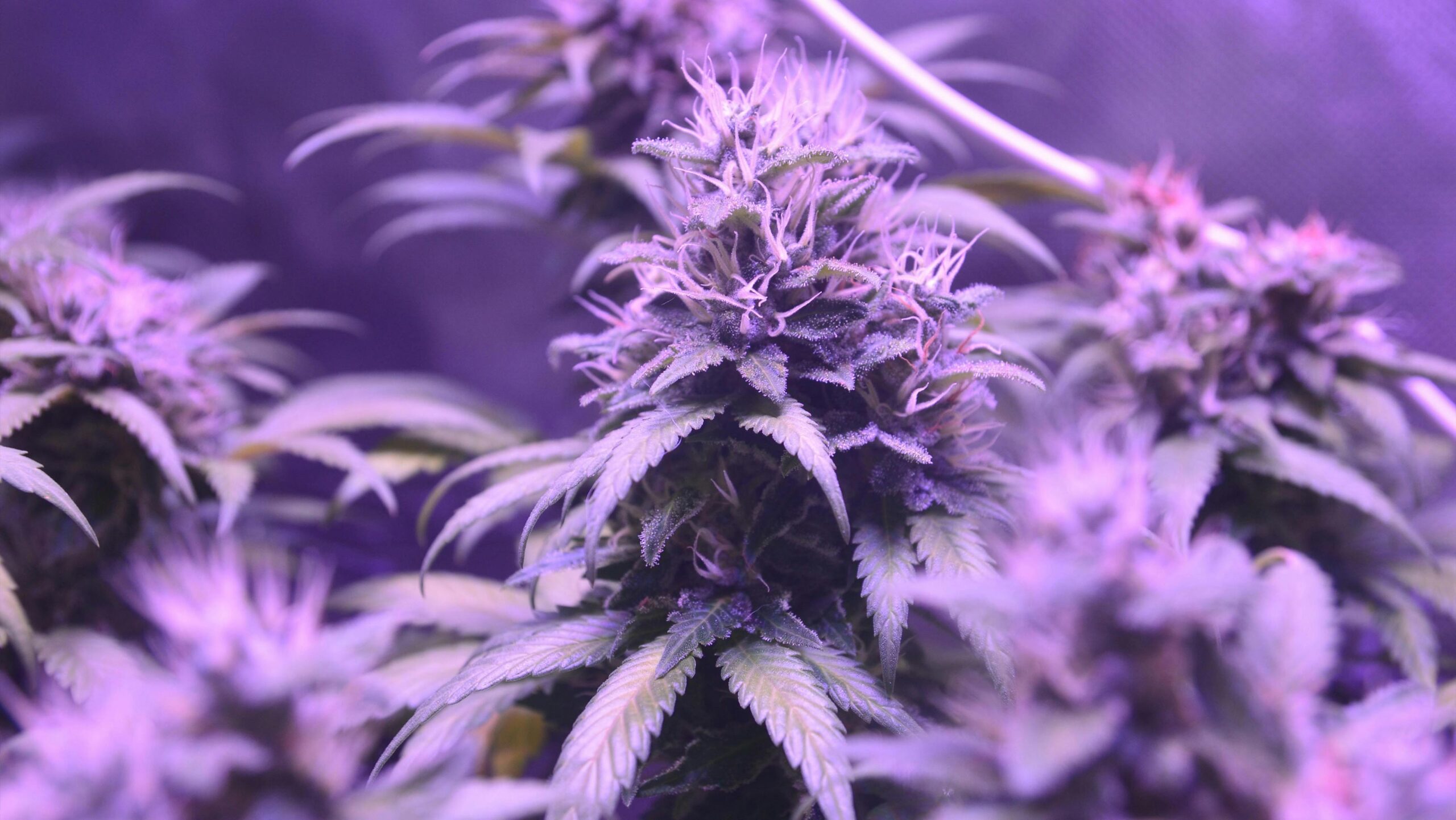
Irradiated Cannabis: What Patients Need to Know
Irradiated Cannabis: What Patients Need to Know
If you’ve ever looked closely at your prescription and seen the words irradiated cannabis or gamma-irradiated, you might’ve raised an eyebrow. It’s not exactly the kind of label that inspires confidence — but what does it actually mean? And more importantly, is it safe?
Let’s unpack the science behind irradiated cannabis, the difference between beta and gamma radiation, and why it’s part of the UK medical cannabis process.
Contents
What is irradiated cannabis?
Irradiated cannabis refers to cannabis flower that has undergone a process called ionising radiation — typically gamma irradiation — to eliminate microbial contaminants like mould, bacteria, or fungi. This process ensures the product is microbiologically safe, particularly for patients with weakened immune systems.
It might sound intense, but irradiation is actually a common sterilisation method used in the medical and food industries around the world. In the context of cannabis, it helps preserve product quality while ensuring patient safety.
Why is cannabis irradiated?
The simple answer: to make sure it’s safe to use.
Cannabis is a plant. And like any plant, it’s vulnerable to microbial contamination. During cultivation, harvest, drying, or storage, it can pick up bacteria, mould spores, or other unwanted microbes — particularly dangerous for patients with respiratory conditions or compromised immune systems.
In the UK, medical cannabis must meet strict Pharmaceutical European Pharmacopoeia standards. If a batch fails microbial testing, it cannot legally be dispensed to patients unless it’s irradiated and retested to prove it’s safe.

Gamma vs Beta irradiated cannabis: What’s the difference?
When talking about irradiated cannabis, you might come across terms like gamma irradiated cannabis or beta irradiated cannabis. These refer to the type of ionising radiation used:
- Gamma Irradiation: The most common method. It uses high-energy gamma rays (often from a cobalt-60 source) to penetrate deep into the cannabis flower and kill microorganisms without significantly affecting the chemical composition.
- Beta Irradiation: A less commonly used method for cannabis. It uses electron beams (beta particles) and typically has a more limited penetration depth compared to gamma rays.
In the UK, gamma irradiation is the standard — primarily because it’s widely accepted by regulatory bodies, effective, and doesn’t leave any radioactive residue.
Does gamma irradiation affect cannabinoids or terpenes?
This is one of the most common concerns from patients — and a fair one. The short answer is: yes, slightly — but not significantly.
Research shows that gamma irradiation may cause a minor reduction in some terpenes, especially more volatile ones. These compounds are responsible for the aroma and flavour of the flower, as well as some therapeutic effects.
However, cannabinoid content (like THC and CBD) remains largely unchanged. In most cases, any loss in terpene content is minimal and does not reduce the overall effectiveness of the medication.
Irradiated vs Non-Irradiated cannabis: Which is better?
Whether irradiated or non-irradiated cannabis is better depends on your personal preferences and medical needs.
Irradiated cannabis is guaranteed to be microbiologically safe. It meets the UK’s strict pharmaceutical standards and is commonly used in prescriptions, particularly for patients with compromised immune systems. While gamma irradiation may slightly reduce some of the more delicate terpenes, the cannabinoid content (like THC and CBD) remains stable. For many patients, this trade-off is worth it for the added safety and accessibility.
Non-irradiated cannabis, on the other hand, typically retains its full terpene profile, which some patients feel gives it a more robust flavour and effect. However, it’s more vulnerable to contamination and may not pass the required safety testing, especially in a humid or variable storage environment. Because of this, non-irradiated flower is less commonly prescribed in the UK.
Ultimately, irradiated cannabis is often the more reliable and widely available option — and it doesn’t compromise therapeutic value in a meaningful way. For many patients, the safety and accessibility it provides outweigh the minimal terpene loss.
Some patients report preferring non-irradiated flower for its fuller flavour and aroma. However, if a product doesn’t meet microbial safety standards, it won’t be dispensed — so irradiation is sometimes the only way to ensure access to flower-based prescriptions.

Is irradiated cannabis safe?
Yes. Gamma irradiation is a well-researched, regulated process that does not make your medication radioactive. The UK’s Medicines and Healthcare products Regulatory Agency (MHRA) permits the use of gamma irradiation on medical cannabis products under strict guidelines.
It’s also used to sterilise surgical instruments, contact lenses, herbs, and spices and has been for decades.
Should you be concerned?
Not necessarily. If you’re using medical cannabis in the UK, there’s a good chance it’s been irradiated — especially if it’s a dried flower product. Clinics like CB1 Medical only work with licensed producers who follow the highest safety and quality standards.
If you’re curious about whether your specific product is irradiated, check the label or speak to your prescribing doctor or pharmacist. Transparency is key, and your care team should be happy to walk you through it.
Final thoughts: Irradiation isn’t a red flag — it’s a safety step
While the term irradiated cannabis might sound off-putting, it’s simply a way to make sure your medication is safe, sterile, and suitable for prescription. It’s not about altering the cannabis, it’s about preserving its safety and quality.
In an ideal world, no batches would need irradiation. But in the real world, it’s an essential tool to ensure medical cannabis meets the rigorous standards required for UK prescriptions.
Got questions about your cannabis prescription?
At CB1 Medical, we’re always happy to help patients better understand their medication. Whether you’re curious about terpenes, flower, oils, or irradiation, our blog is here to demystify the science — and support your treatment every step of the way.
Curious if you’re eligible?
Try our free eligibility checker to see if medical cannabis is right for you.